Strawberry DNA Activity
Author
Published
3/13/2018
| STRAWBERRY DNA LESSON PLAN | SUBJECT: Science | LEVEL: 5th Grade |
What’s DNA?
Deoxyribonucleic (dee-ok-si-rahy-boh-noo-klee-ik) acid (DNA) is a molecule that carries genetic information for all living organisms—people, plants, bacteria and even viruses. The genetic information in DNA determines what each organism becomes and what that organism looks like.
DNA is where all life on earth starts, and it’s what makes you different from everything and everyone else.
Your DNA code is your genotype.
Your phenotype is expressed in your physical characteristics.
DNA Activity
Let’s decode your phenotype!
 | 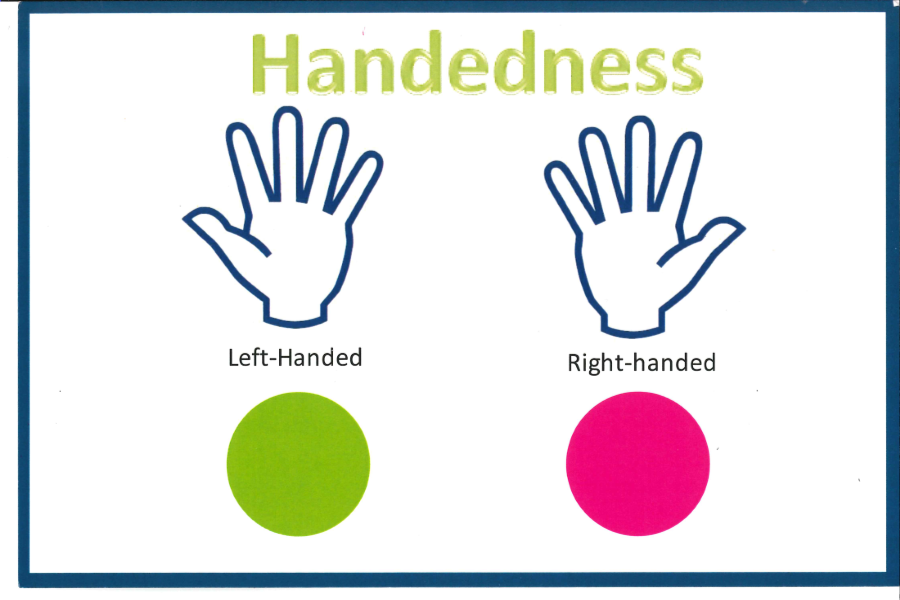 |  | 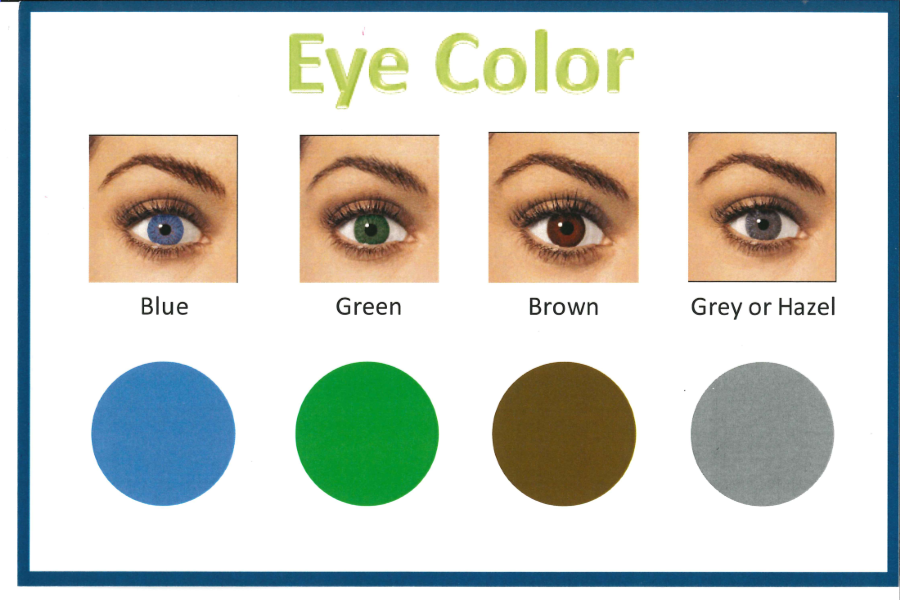 |
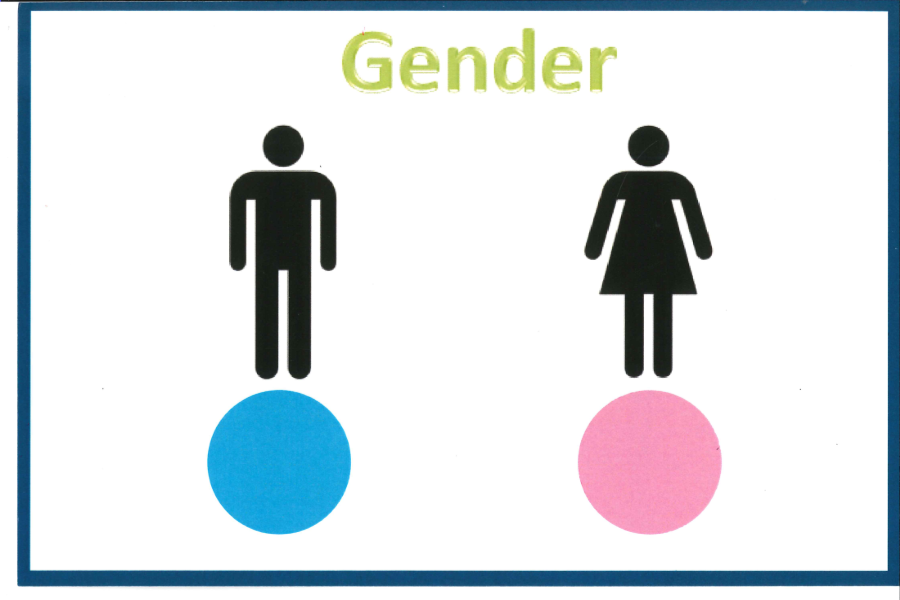 | 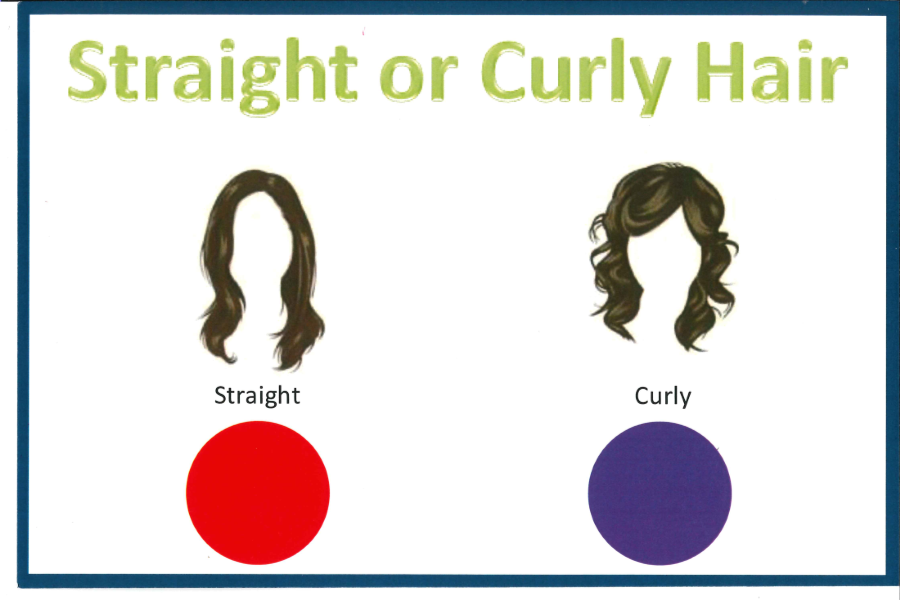 | 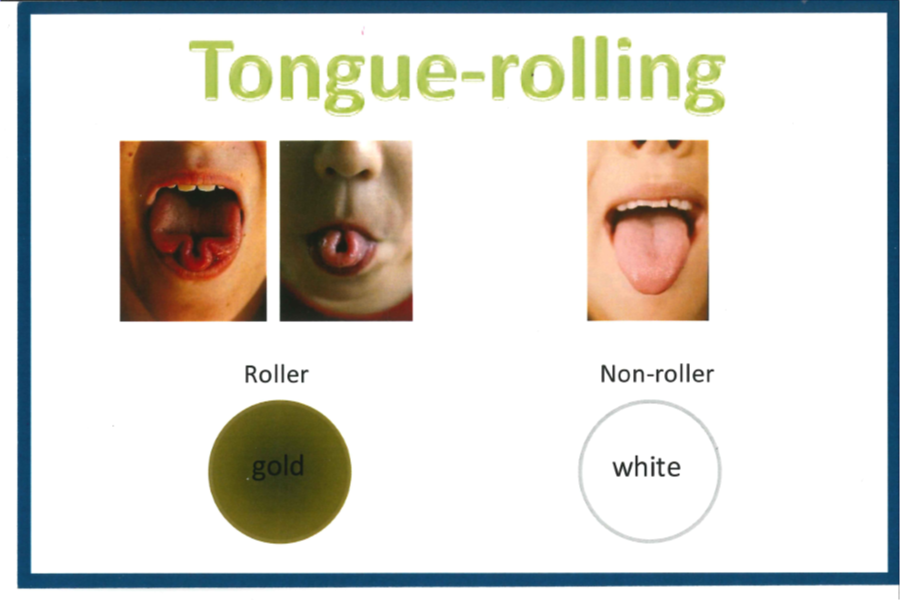 |  |
Pass out pipe cleaners to the students. This will be their phenotype bracelet. Set up stations with the phenotype cards and corresponding colored beads. (hair color, handedness, freckles, eye color, gender, straight or curly hair, and tongue-rolling) Students visit each station and select the colored bead that represents their phenotype to create a bracelet representing their DNA.
That bracelet represents YOU! All living things contain DNA. Today we want to show you how to extract DNA from a strawberry.
Strawberries contain eight copies—that’s more DNA copies than people! Because strawberries have so many copies of DNA, it’s easy for us to extract it and see it.
Strawberry DNA Extraction
- Make the extraction solution and mix: 2 cups water, 5 tsp. dish soap (helps break apart the cell walls in the strawberry. Think about why you use soap when washing your hands or doing laundry—soap helps break apart the dirt so things can become clean.), and 1 ¼ tsp. of salt (this helps DNA stick together. Without it, the DNA molecules would break apart and would be hard to see.
- Cut strawberries in half and place ½ in a Ziplock bag. Have the students mash the strawberry thoroughly.
- Add 2 tsp. extraction solution. Mash the strawberry again.
- Place a folded coffee filter into a new Ziplock bag and stain the juice through the filter and into the new bag.
- Add 2 tsp. ice-cold rubbing alcohol. (If the rubbing alcohol isn’t cold, the DNA may not appear easily. Try placing the rubbing alcohol in a refrigerator or in ice a few hours prior to performing the experiment.) DNA usually stays dissolved in water, but when salty DNA comes in contact with alcohol it becomes undissolved, this is called precipitation.
- Zip the bag and gently mix, rocking the bag side to side, until the DNA is visible in a white glob.
- Students can extract the DNA with a transfer pipette and put it into another container, or leave it in the Ziplock bag.
Did You Know?
DNA was first isolated and identified by Swiss biologist, Friedrich Meischer in 1869.
If you isolated and unrolled all the DNA molecules in your body, placing them end to end, they would reach to the sun and back several times!
5. DNA Extraction in Agriculture
DNA extraction like we just did with the strawberries is used by scientists to isolate and study the DNA of plants to determine how we can improve seeds so farmers can grow better crops. DNA extraction is used throughout the entire Product Development Process from the early stages of discovery to the analysis and regulatory studies scientists conduct to check that research and processes were done correctly.
Plant Phenotypes
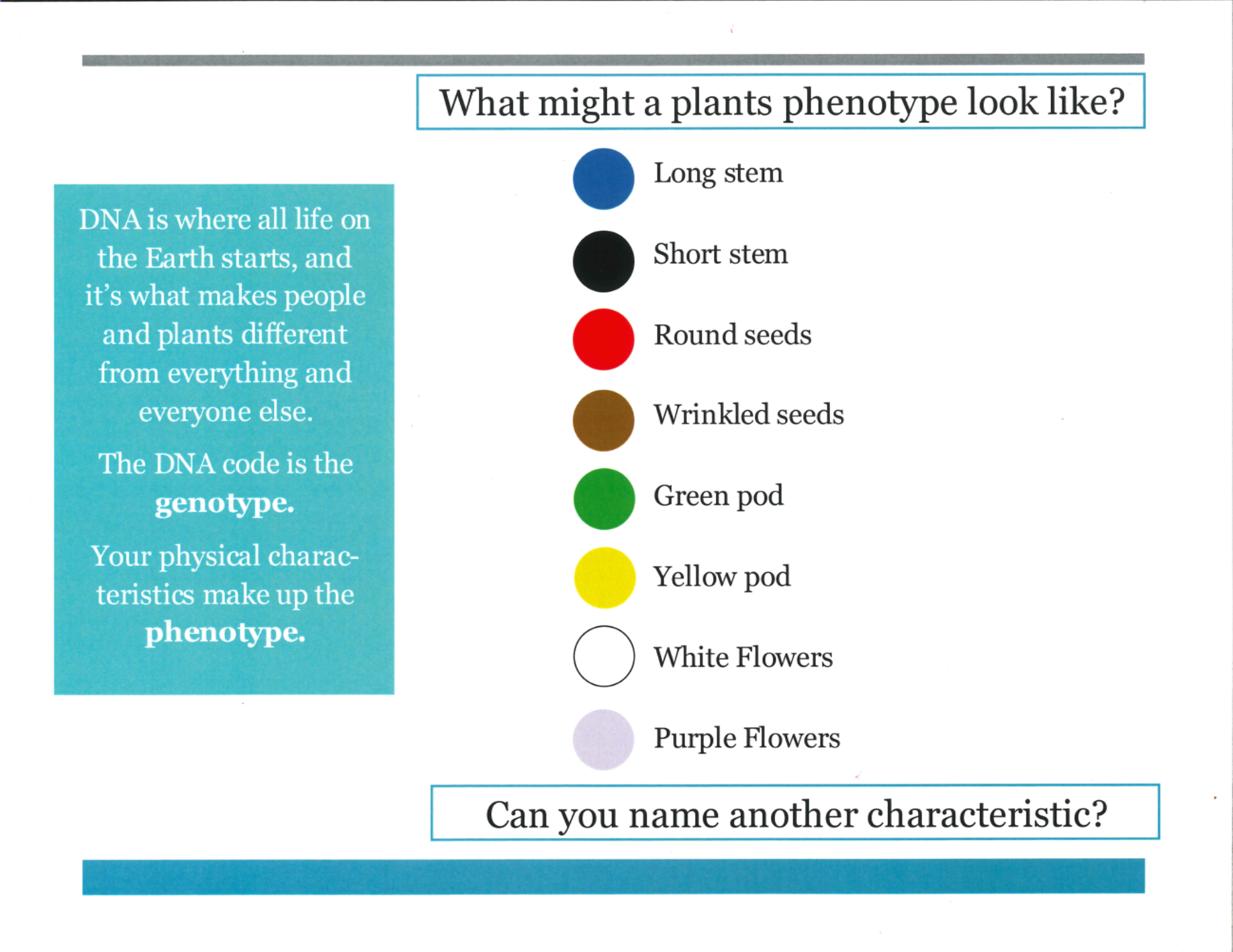 |
Examples of Food Then and Now
 |
The Kid Who Changed the World by Andy Andrews
Norman Borlaug lived on a farm in Iowa. He loved to play hide and seek with his sisters in their father’s cornfields.
Yet his work had a far-reaching impact on the lives of millions of people in developing countries. His breeding of high-yielding crop varieties helped to avert mass famines that were widely predicted in the 1960s, altering the course of history.
Largely because of his work, countries that had been food deficient, like Mexico and India, became self-sufficient in producing cereal grains.
“More than any other single person of this age, he has helped provide bread for a hungry world,” the Nobel committee said in presenting him with the Peace Prize. “We have made this choice in the hope that providing bread will also give the world peace.”
Norman saved more than two billion people from starving.
Summary
We live in a world where only 2% of the people are farmers and ranchers trying to feed 98% of the world. Farmers are using technoglogy today like GMOs to help produce foods that are resistant to disease, require less water, less spraying, and give essential nutrients to people all over the world.
*To check out the Strawberry DNA kit which includes the lesson plan, cards, and materials needed for the strawberry DNA extraction (except for the strawberries), please contact Susan Furner.
